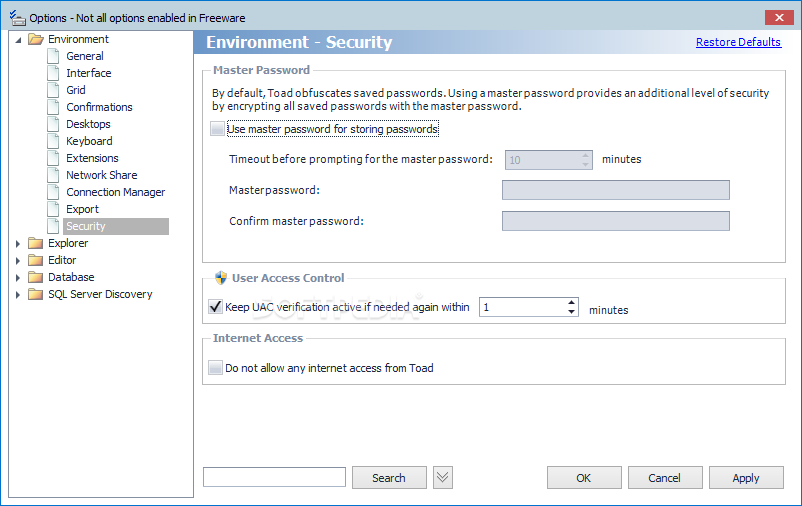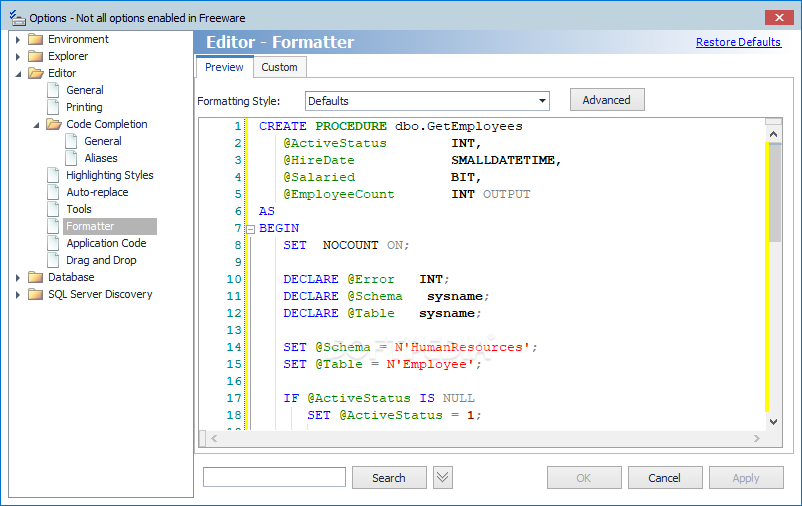

Using the right mouse button, drag it to the desktop (or some other convenient location) and select "Create shortcut here". Windows will find it for you and expand the path in the shortcut properties.Ĭlick 'next' to continue and enter a name for it.Īlternatively, find the sqlplus.exe executable in the Oracle bin folder.

In recent Windows versions, you can just right-click on the desktop and choose 'New > Shortcut', then enter sqlplus as The important thing is to have a dedicated folder for your SQL*Plus stuff that is easy to find and not a system folder. To put it, or you might use your Windows user's roaming folder (if you're not sure where that is, open a cmd window and typeĮcho %appdata%, which will give something like C:\Users\yourusername\AppData\Roaming). These days corporate desktops generally give you a private network drive as F:\ or similar, which makes a great place Using Windows Explorer, create a folder called something like "SQL" in a convenient This is not a good placeįor your SQL*Plus scripts. The executable, in this case the "bin" directory of the Oracle client installation. By default in Windows, the working folder is the one that contains Location for scriptsįirst, set up a folder for scripts. Make sure that the folder containing sqlplus.exe is included in the Path variable. Search bar, start typing environment and it will list some options including "Edit environment variables for your account". To be able to call sqlplus.exe without specifying its full path - that is, being able to type sqlplus.exe instead ofĬ:\wherever\oracle\client\bin\sqlplus.exe (the location will vary depending on how you installed it) - you'll need to add its location to the path if it's not already included. The following steps essentially describe how to customise the command shell. Will find that sqlplus.exe inherits these settings. If you have never used sqlplus.exe before but you have configured your cmd window the way you like it, you One strength of sqlplus.exe is that it simply runs in the

If you need command-line history on Linux, have a look at rlwrap.


 0 kommentar(er)
0 kommentar(er)
